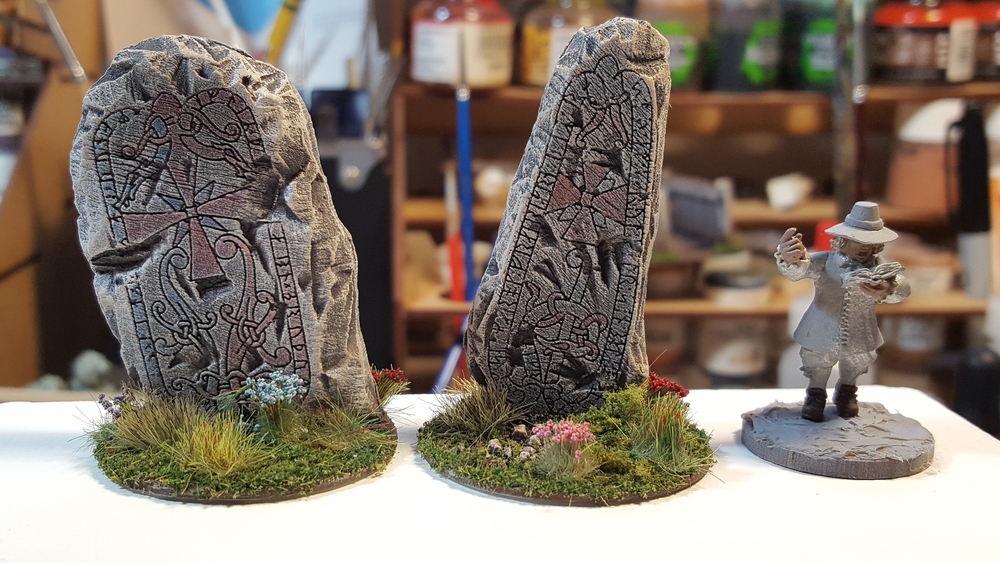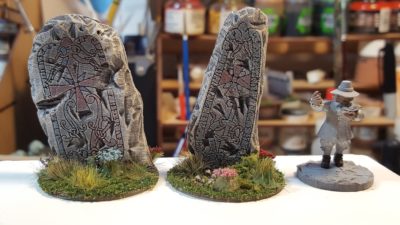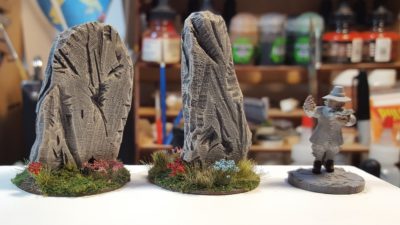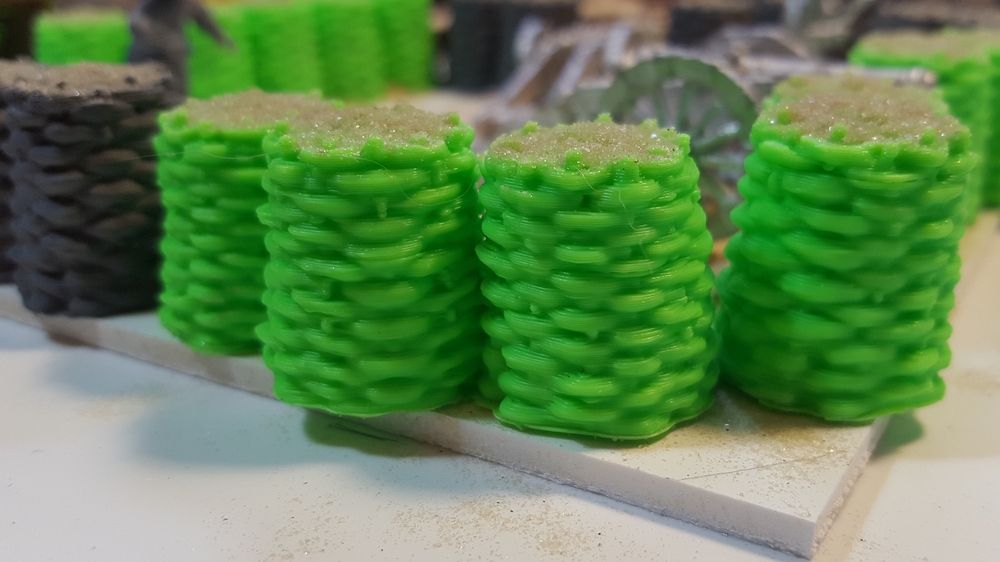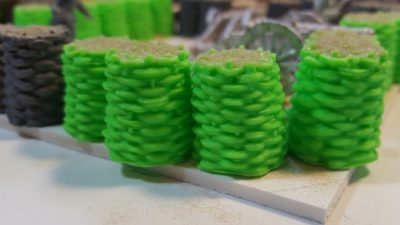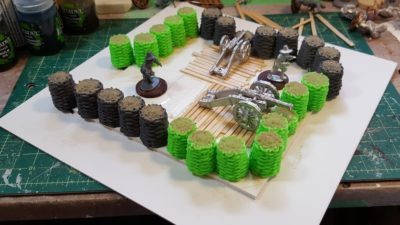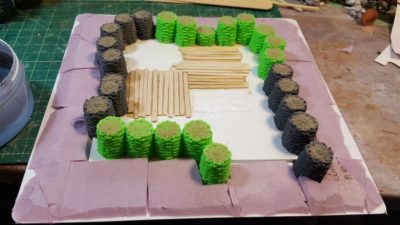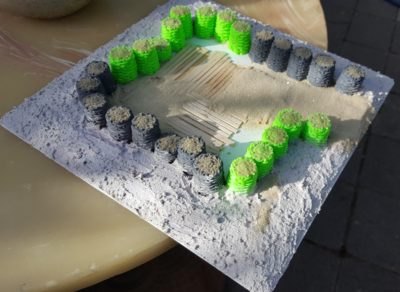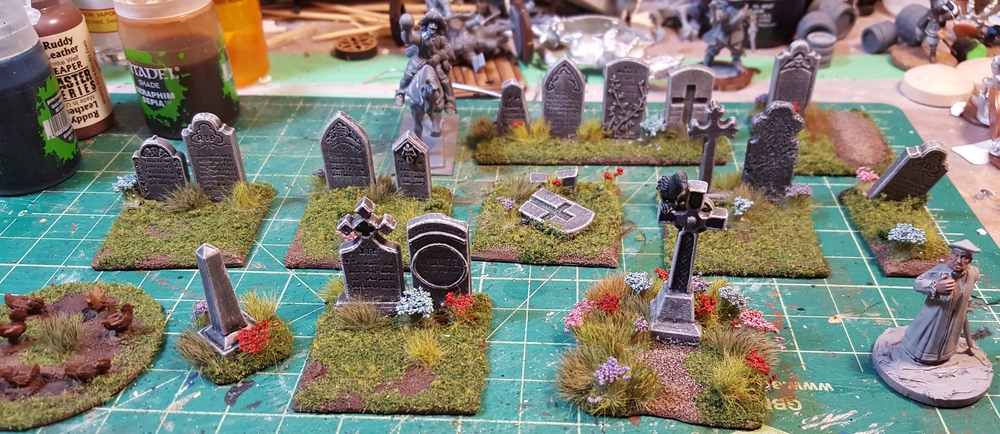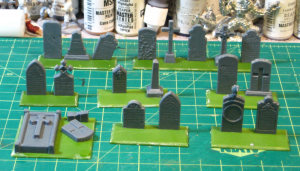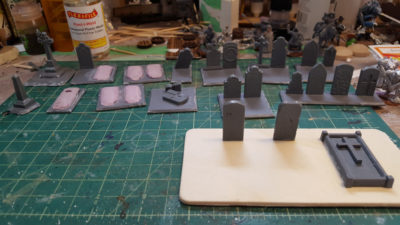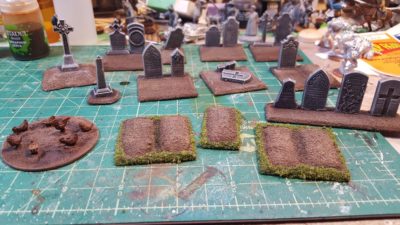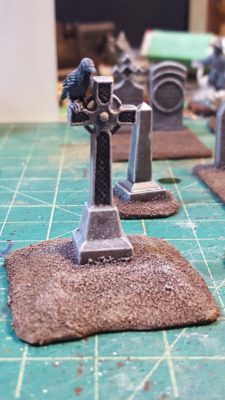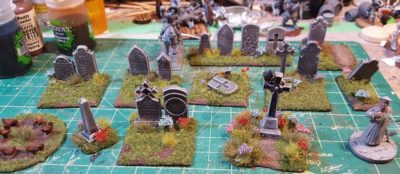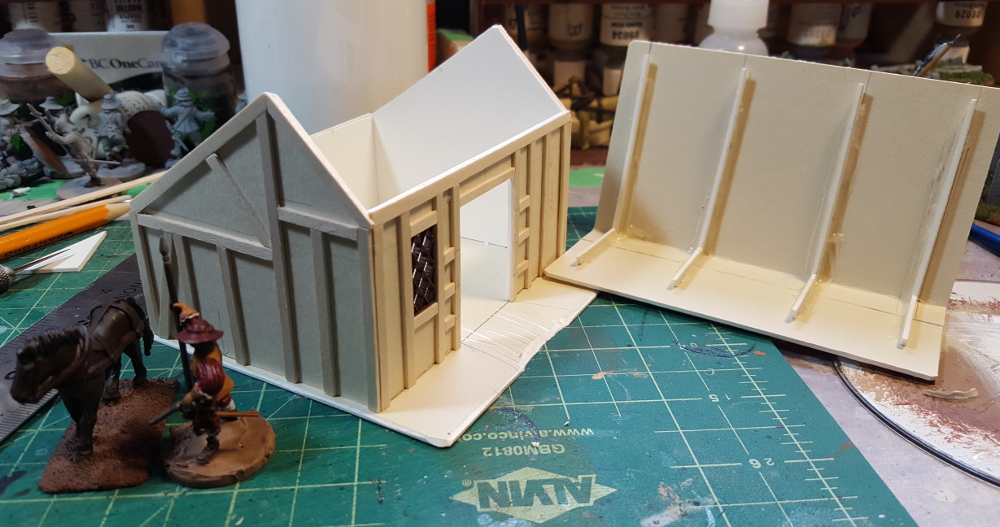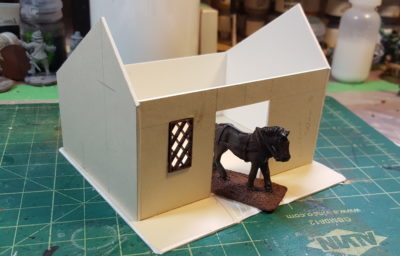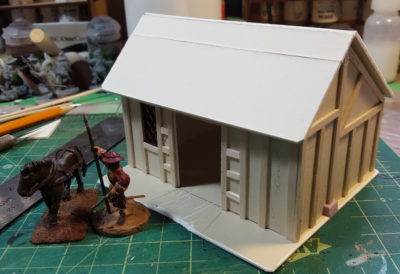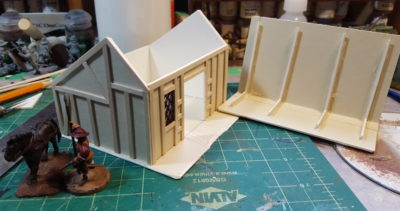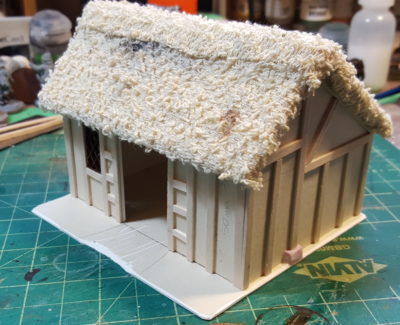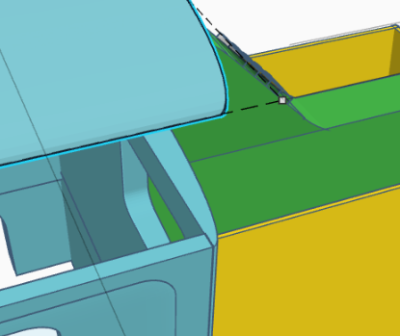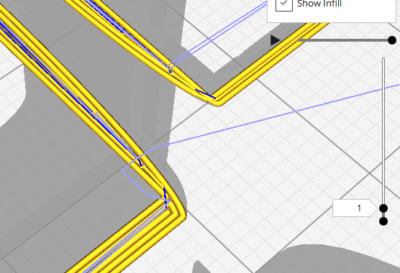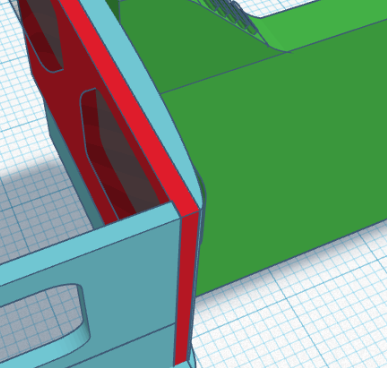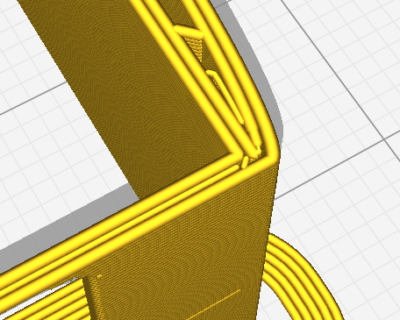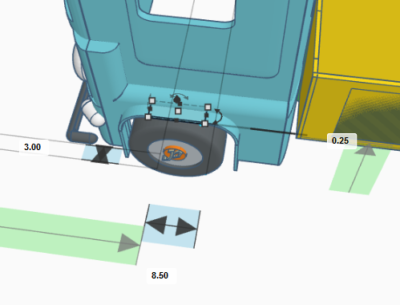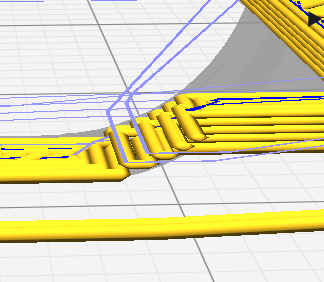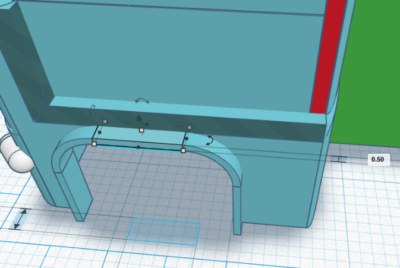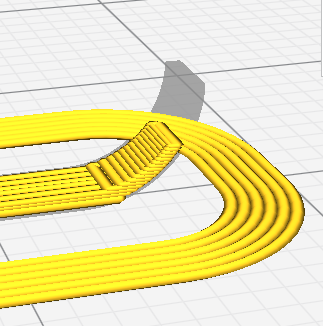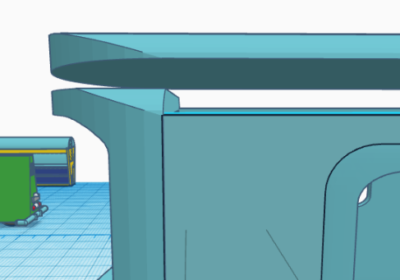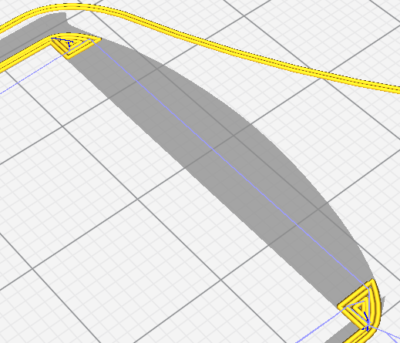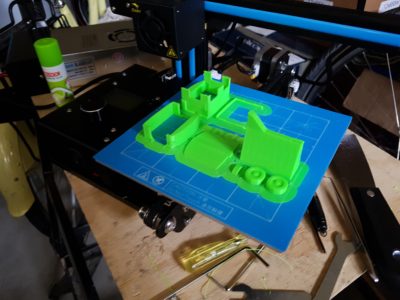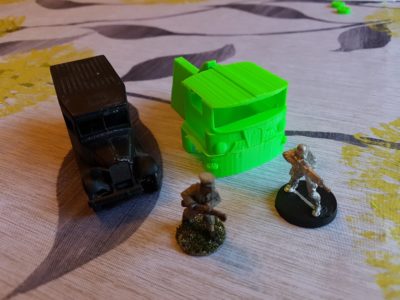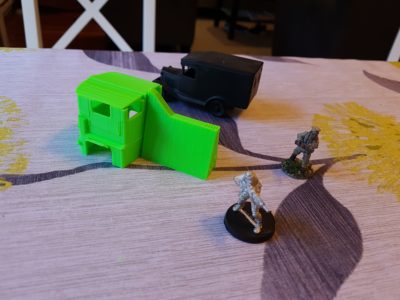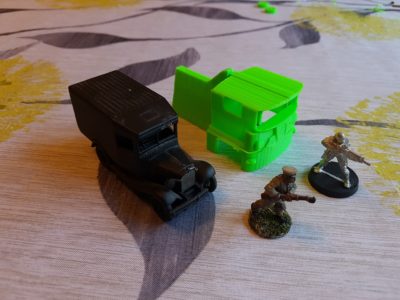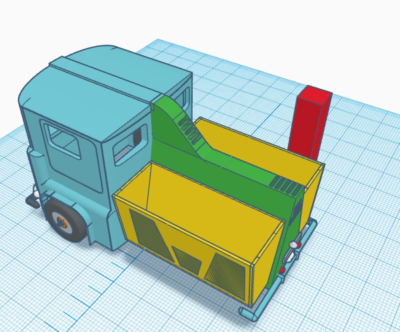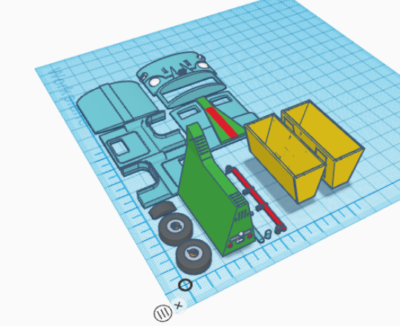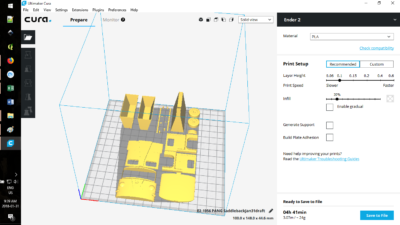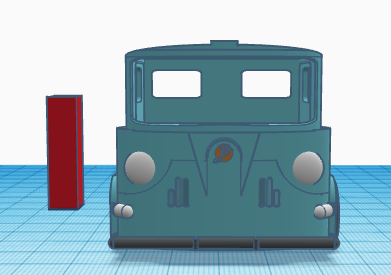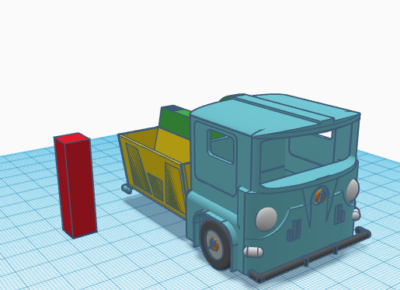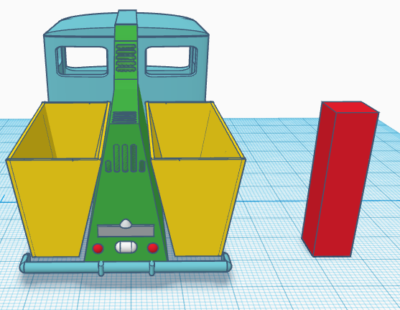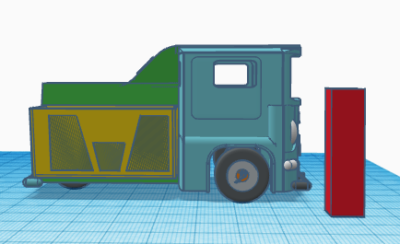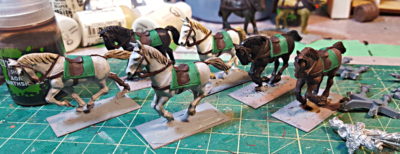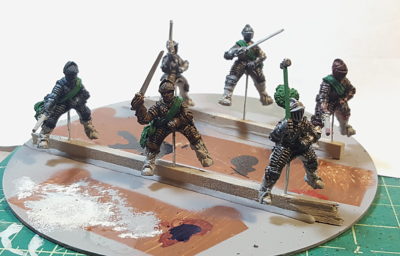At BottosCon 2019 earlier in November I got the chance to play Warlord Games’ new Cruel Seas coastal naval game, British vs German speedboats in the Second World War. It’s not a bad game, but it’s definitely got some quirks and while the models are lovely, 1/300 (6mm) is too big for naval gaming. The table got very crowded very quickly and it felt more like bumper-boats than anything else.
That said, this sort of coastal gaming with light forces has always been one of the few areas of WW2 I’d consider gaming, so a quick chat with friends and look around the web pointed me to Last Square’s 1/1200 coastal forces, the Figurehead range, and I ordered a few British motor boats, some German boats, a few merchantmen, and a couple of aircraft. I also had a look at Magister Militum’s 1/1200 Hallmark range but decided to stick with Last Square for now.
I was also already aware of Brigade Models’ Small Scenery range, which has intrigued me for several years but which I’ve had no particular use for until now. You can, of course, run a perfectly good and realistic naval game with nothing but ship models and a blue or grey mat, but did anyone really think I was going to start a new genre and scale without doing some sort of scenery?
All of that stuff is enroute to me now and I’ll update when it arrives!
Rules?
Boats, ships, and scenery notwithstanding, what about rules? I’ll be trying out both the brand-new Narrow Seas by David Manley or Coastal Patrol by James Schmidt, published by TooFatLardies in their Summer 2011 Special.
We’ll try out both sets, as well possibly Flaklighter II from PT Dockyard, and see what works for us.
Other Resources
In the course of looking up the North Sea and English Channel battleground, I discovered that the amazing David Rumsey Map Collection has England and Wales, Sheets 1 – 146. Ordnance Survey, Popular Edition One-Inch to the Mile digitally composited at crazy high resolution so you can zoom way in and see what the land side of England and Wales looked like between the Wars. Not much in the way of maritime details like shoals and reefs, but fantastic for getting a feel of what the shoreline might have looked like, especially when you can compare the 1923 map with modern Google Maps/Streetview images.
Also from David Rumsey is a 1922 atlas showing the southern North Sea and English Channel with a bit more maritime detail like shoals, sandbanks, and shipping routes.
If anyone knows of a set of pre-WW2 Admirality charts online that cover England and maybe further, please do point them out. The National Library of Scotland has charts but they only cover Scotland.
The Wildfire III website has a scan of a maritime chart of the Thames Estuary and approaches with Allied & Axis ship losses marked, giving you a startling indicator of the intensity of the fighting, a lot of it shockingly close to shore. Lots of other good stuff there about WW2 on the Thames Estuary, too.
Finally, on a more directly related to the tabletop note, Mel the Terrain Tutor did some terrain for Cruel Seas when it first came out. Obviously the scale will be different from what I’m planning, but sandbanks and such are pretty scale-agnostic anyway… By way of an end to this long and rambling post, here’s Mel’s rather good tutorial video on sandbanks for small scale naval games.

